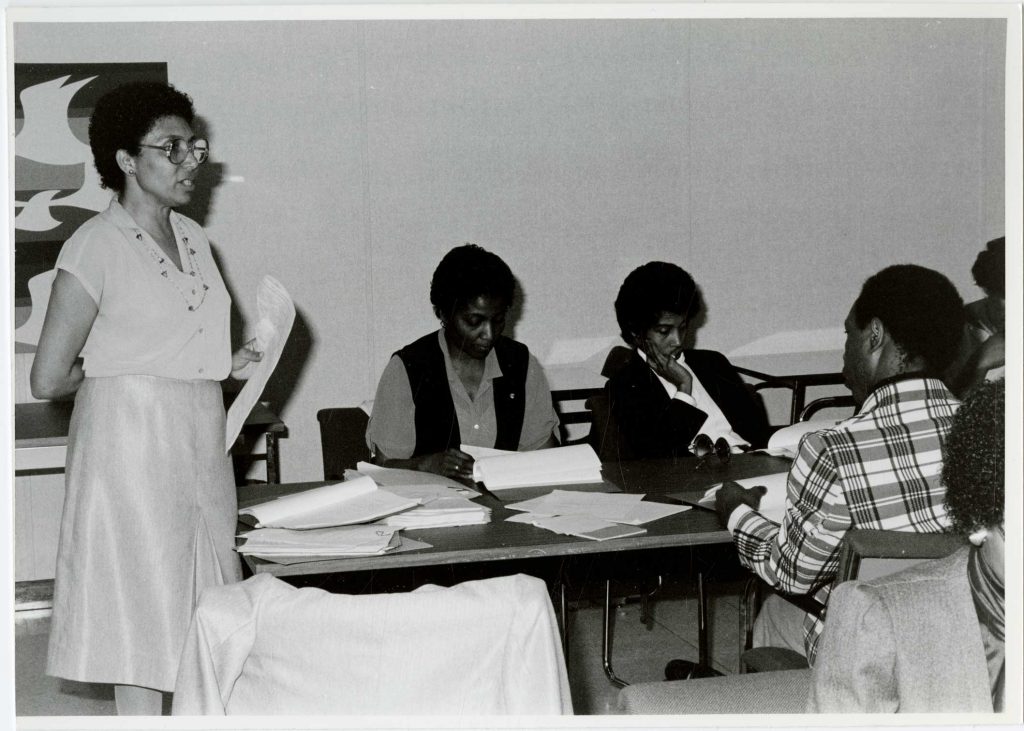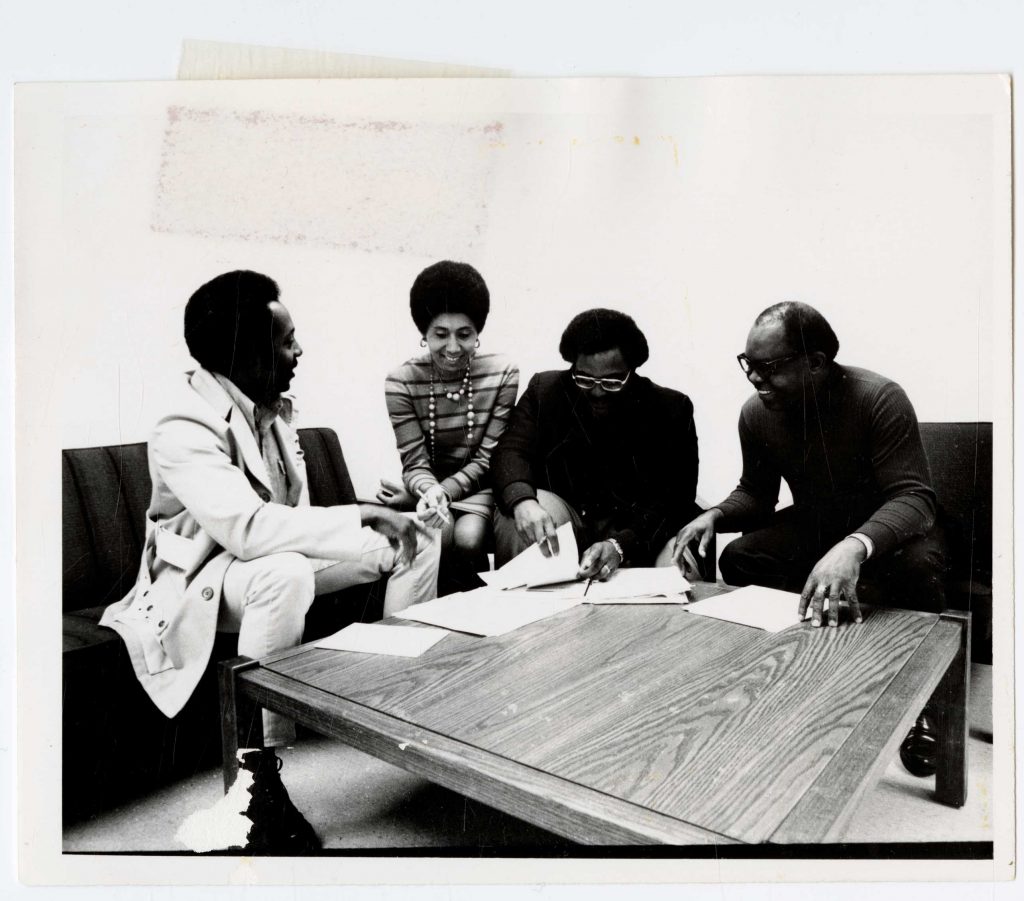This month Special Collections is debuting a new exhibit in the rotunda of the Albin O. Kuhn Library & Gallery. The five cases that sit outside the elevators and stairway will feature a sample of Special Collections’ new acquisitions since fall of 2020. Since the COVID 19 outbreak and safety protocols closed campus during this period, we felt this was a great opportunity to highlight what you may have missed from our collection.
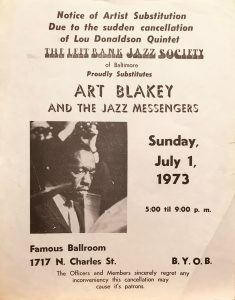
Case 1 highlights the Left Bank Jazz Society, a Baltimore, Maryland-based organization formed in 1964, which hosted a series of concerts featuring nationally acclaimed performers such as Dizzy Gillespie, Duke Ellington, and Count Basie. The Left Bank Jazz Society Inc. collection (Coll 312) contains the Society Constitution, news releases, concert programs, flyers, photos and many more items. The Left Bank Jazz Society sought to bring the country’s top jazz performers to Baltimore, as many had skipped the city en route from New York to Washington D.C. The founders successfully managed to not only book contemporary jazz greats, but they maintained steady performances in Baltimore clubs for nearly thirty years. Included in this case are the original 1964 Constitution, four concert tickets from various Baltimore venues, four concert flyers for The Famous Ballroom, a 10 year anniversary calendar/flier from 1974, an oversized bumper sticker featuring the Jazzline phone number and a news release statement from 1969 which highlights the incorporation of the Left Bank Jazz Society #954, a Maryland penitentiary treatment program which sought to rehabilitate inmates through a sense of civic and social awareness through music.

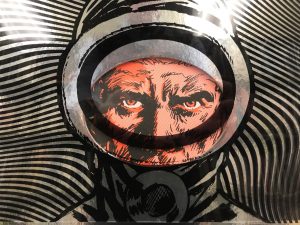
Case 2 features new items that add to our extensive Science Fiction collection. Intersectionality was a driving force in our collection development this year, focusing on representing underrepresented voices and the themes and identities that intersect through science fiction works. These include notable works by Indigenous, Black, Asian, Latine, and members of the LGBTQ+ community. These books and graphic novels feature amazing artwork by some of the most influential and talented illustrators, including Manuele Fior, Jon J Muth, Francisco Solano López, Stacey Robinson, and John Jennings.

Case 3 includes books and serials from our Bafford Photography Book Collection which feature the history and development of photography. This selection of recent additions to this collection features contemporary photography books in unconventional formats. Ranging from a cigarette-shaped book which examines the role smoking plays at some Chinese weddings to an exhibition book in nine accordion-folded series of prints which can be ordered and displayed in a variety of combinations, these photography books capture the imagination, diversity, and creativity of each individual artist as well as the scope of our collection.
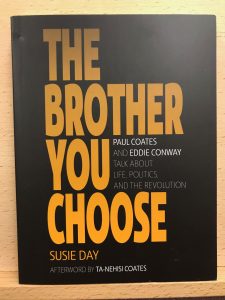
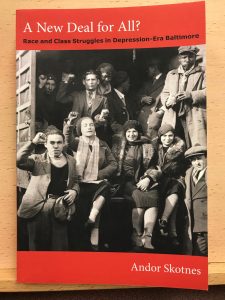
Case 4 documents the history and culture of Maryland’s people and communities. Our new Maryland history book acquisitions feature numerous publications highlighting the often scandalous histories of Baltimore’s law enforcement, including Baltimore’s Gun Trace Task Force, whose members robbed drug dealers and sold their product back on the streets for half a decade, as well as differing historical chapters in the fight for racial equality that touch on incarceration, resistance protests, and the black power movement.
Case 5 highlights the Fluxus art movement in the 1960s from our Dick Higgins collection (Coll043). Co-founded by Dick Higgins, Fluxus embraced the fluidity and boundary-crossing nature of art and introduced the concept of “intermedia,” a collaboration of different artistic genres. This artform incorporated musical composition, design, poetry, painting, performance art, and theoretical writings. Many avant-garde artists took part in this movement including Dick Higgins, Ken Friedman, and Mieko Shiomi.

The new accessions exhibit will be on display in the Library Rotunda until March 17, 2023.
Post by Mark Breeding, Special Collections graduate assistant, with assistance from Kayla Brooks, an intern with Special Collections. Mark and Kayla are both currently enrolled in UMBC’s historical studies graduate program.
